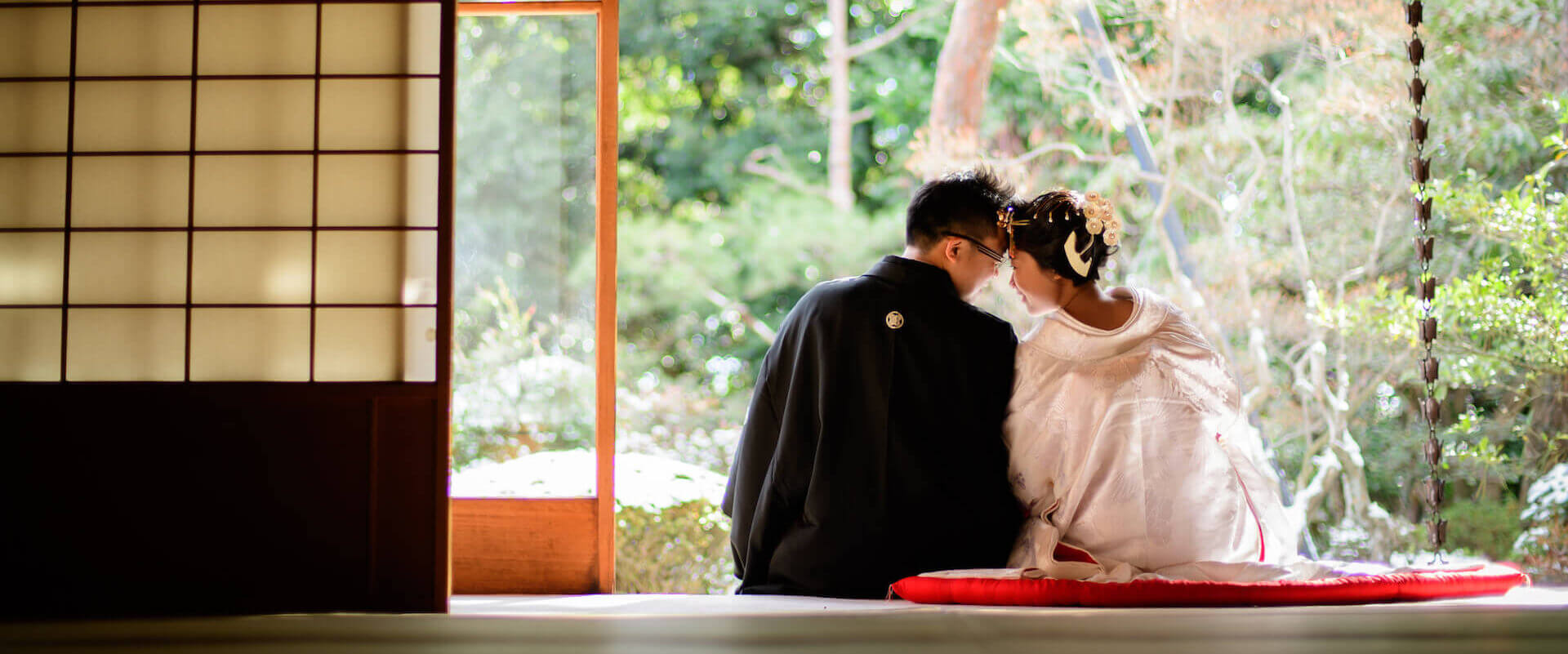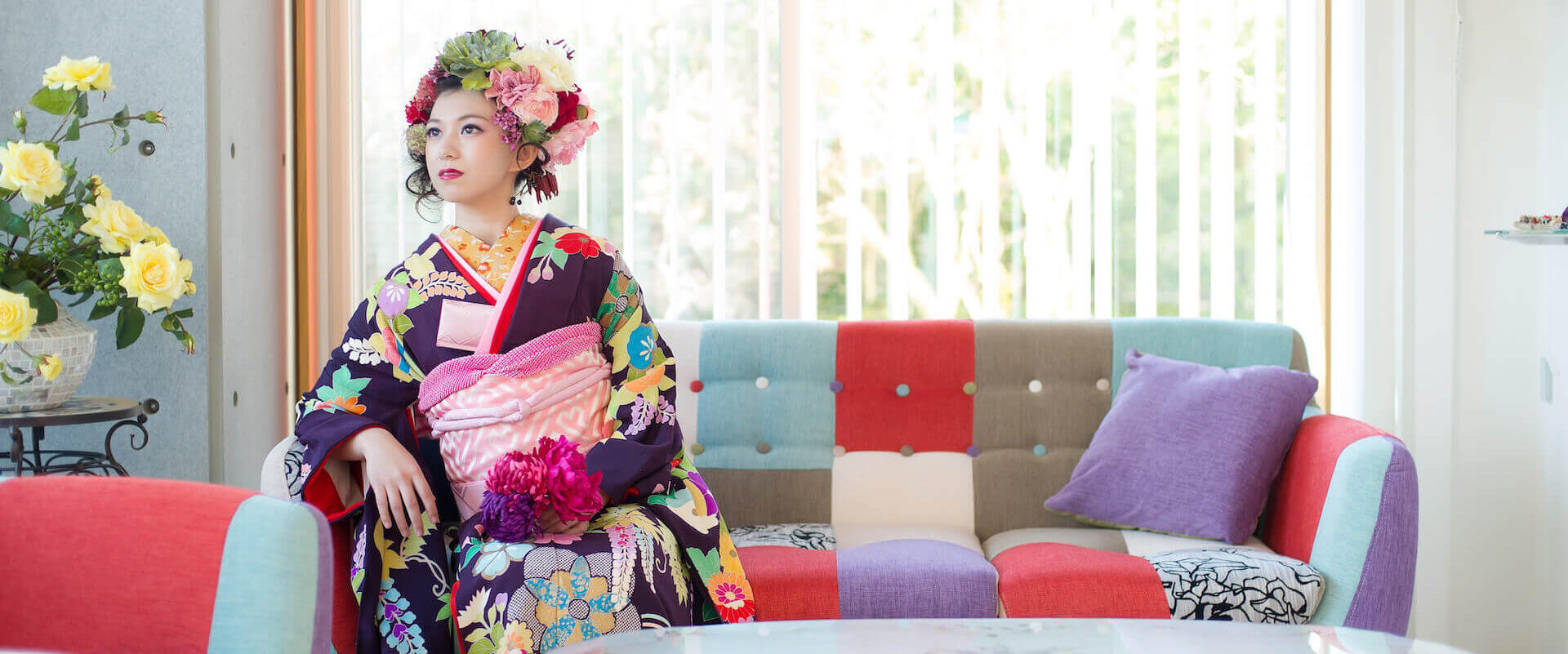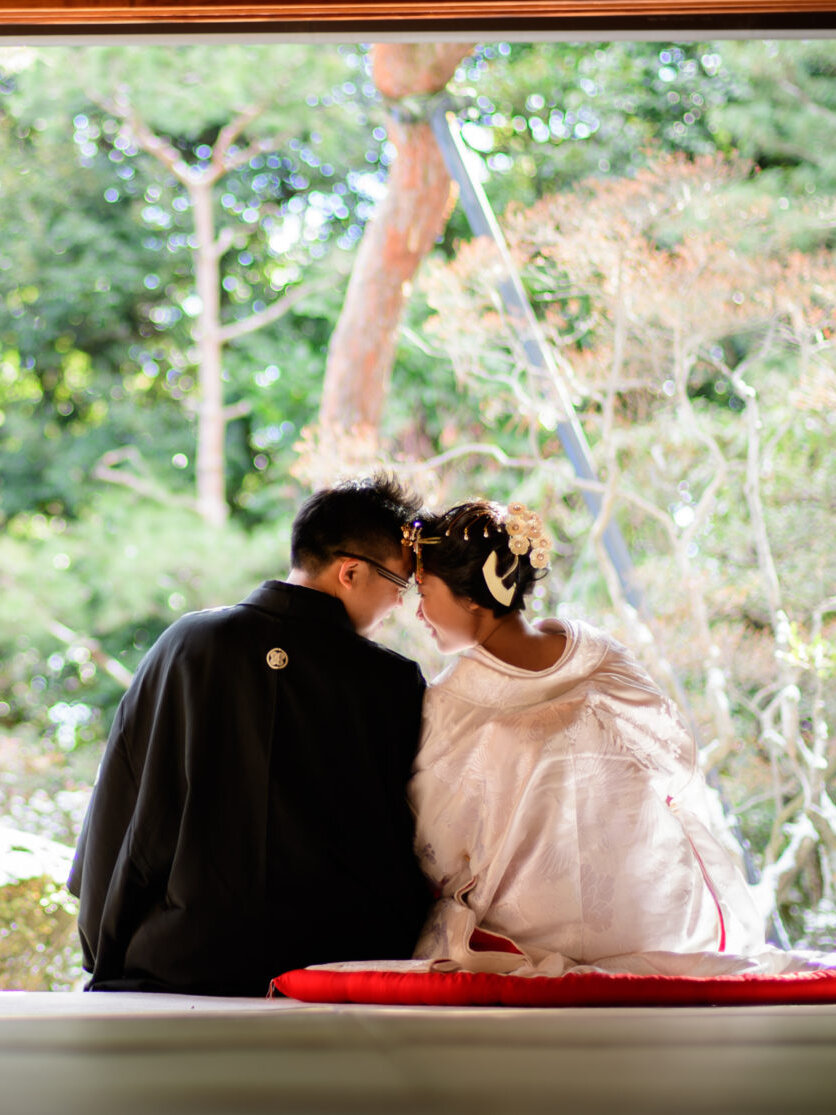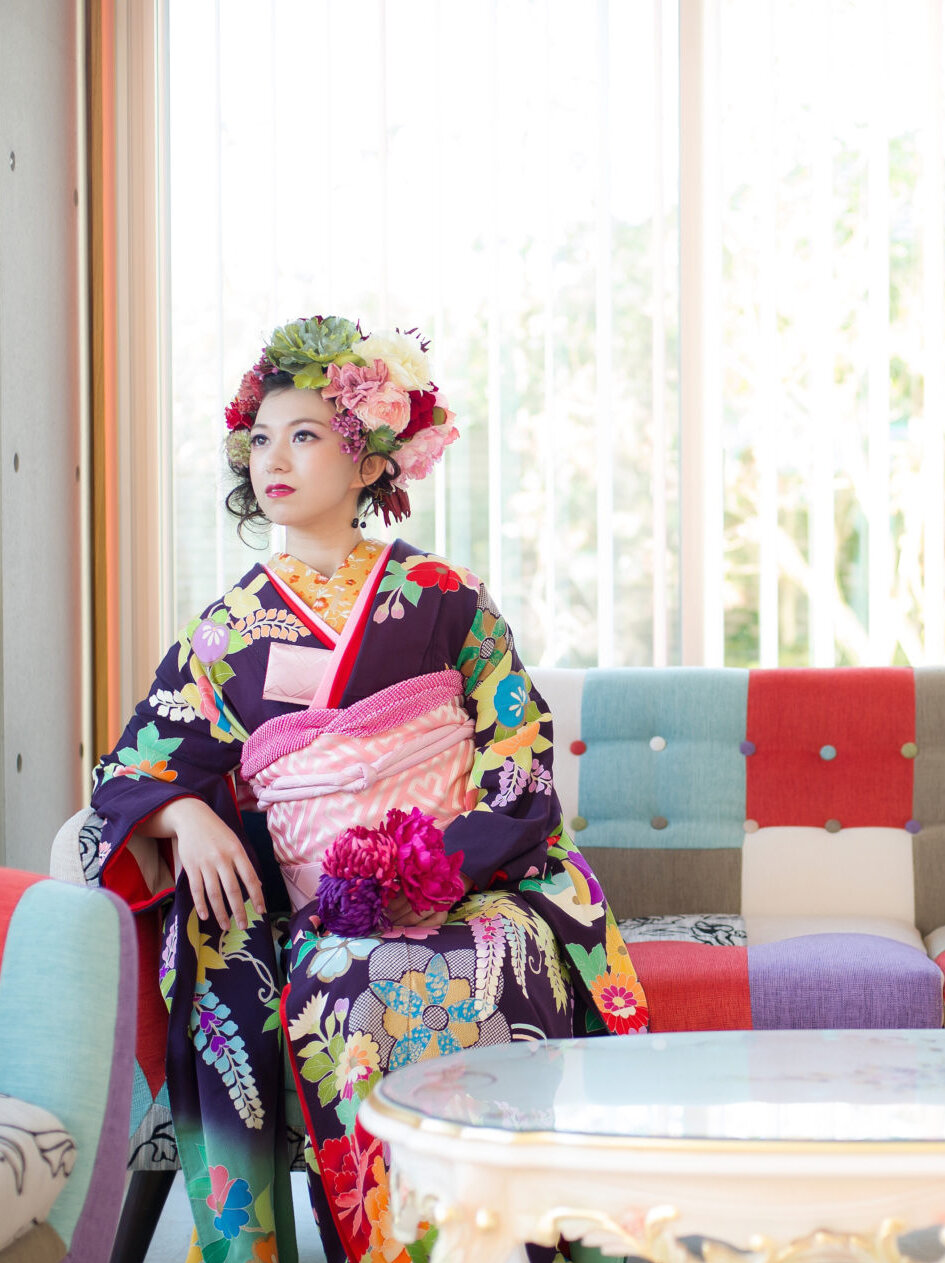Exclusive to Nagoya
A Japanese-Chinese owned authentic kimono store
Exclusive to Nagoya
A Japanese-Chinese owned authentic kimono store
fuwalu Introduction
Authentic Kimono Experience
see more >>
As the first authentic kimono specialty store in Nagoya founded by Japanese-Chinese, we offer a genuine traditional Japanese kimono dressing and etiquette experience.
By Appointment Only
see more >>
We provide a private space and attentive service for our customers.
Based on your appointment details, “fuwalu” will recommend a kimono experience plan tailored for you.
Variety of Kimonos
see more >>
“fuwalu” offers a range of kimonos for different occasions, recommending the best kimono options for our customers.
Additional Services
see more >>
We offer photography services for various anniversaries and other occasions, along with comprehensive services for Japanese-style weddings and wedding receptions.
Store Introduction
Our Studio
The interior of the store is spacious and bright, featuring a simple and stylish Western design mixed with traditional Japanese elements, catering to different photography ambiance needs.

Japanese Garden
The quiet sanctuary amidst the hustle and bustle. The autumn maple leaves, spring plum blossoms, and my favorite stone-carved Jizo statues. Our Japanese garden is recommended for guests who love photography.

SNS
Our Service
Kimono Rentals
Rent a Kimono for a day
- Kimono Rental & Dressing (including Kimono set + Kimono underwear + Geta + bag + Kimono accessories)
- Hair Styling
- Make-up
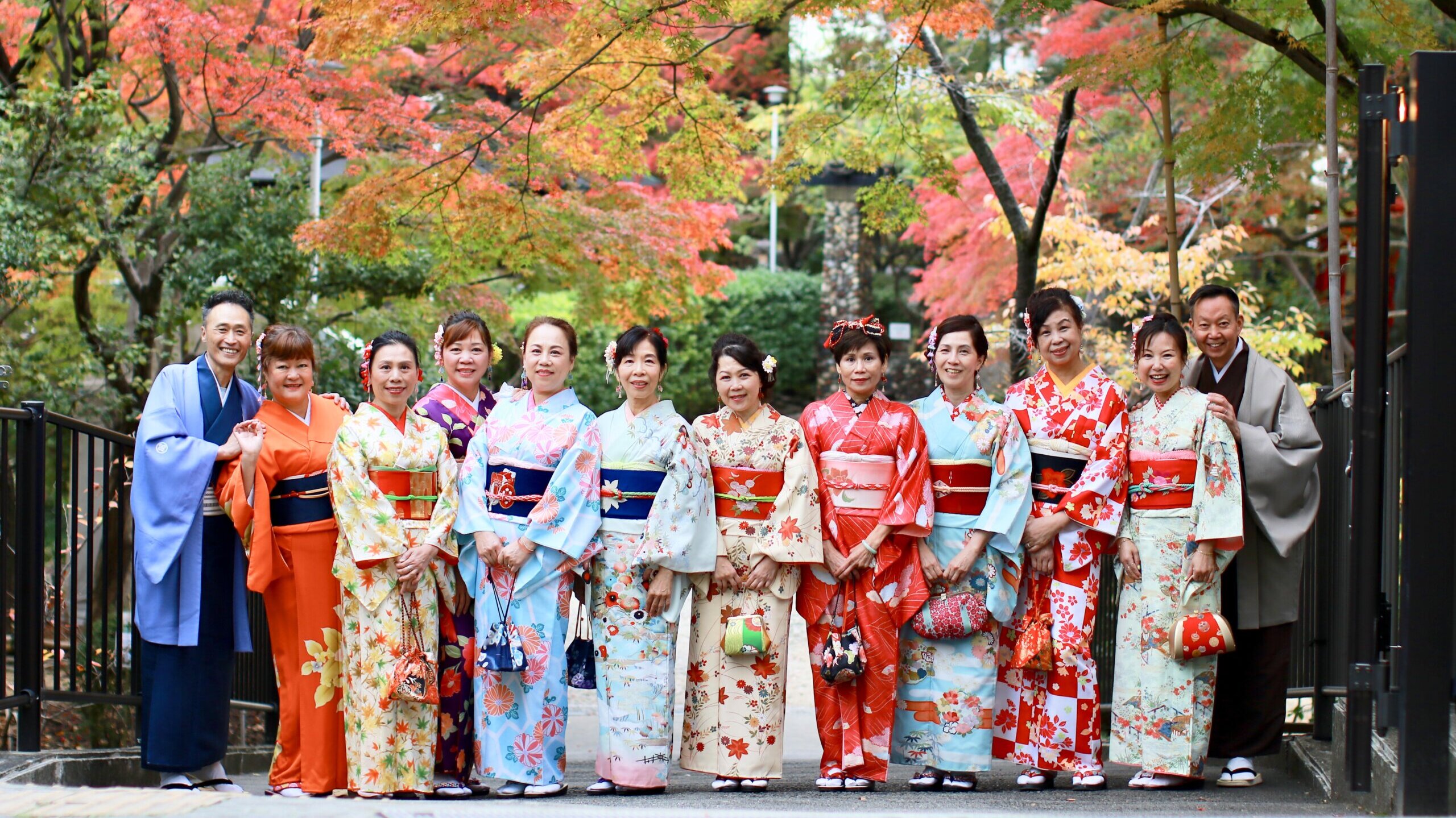
Recommended photography services
Indoor Photography
Including Kimono and clothing, hairstyle and indoor photography (up to 4 people)
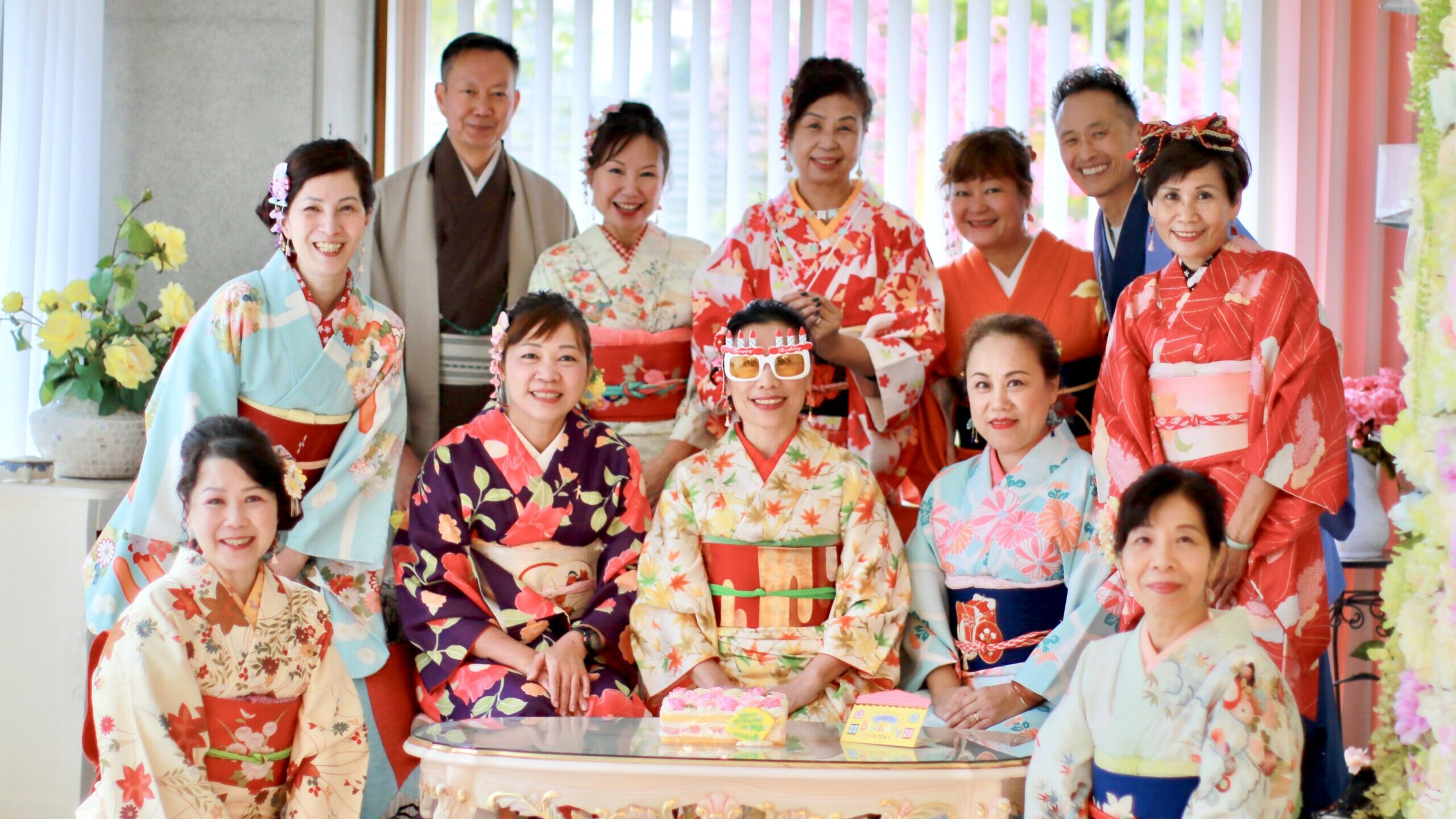
Location Photography
Suburban or out-of-town (we have recommendations)
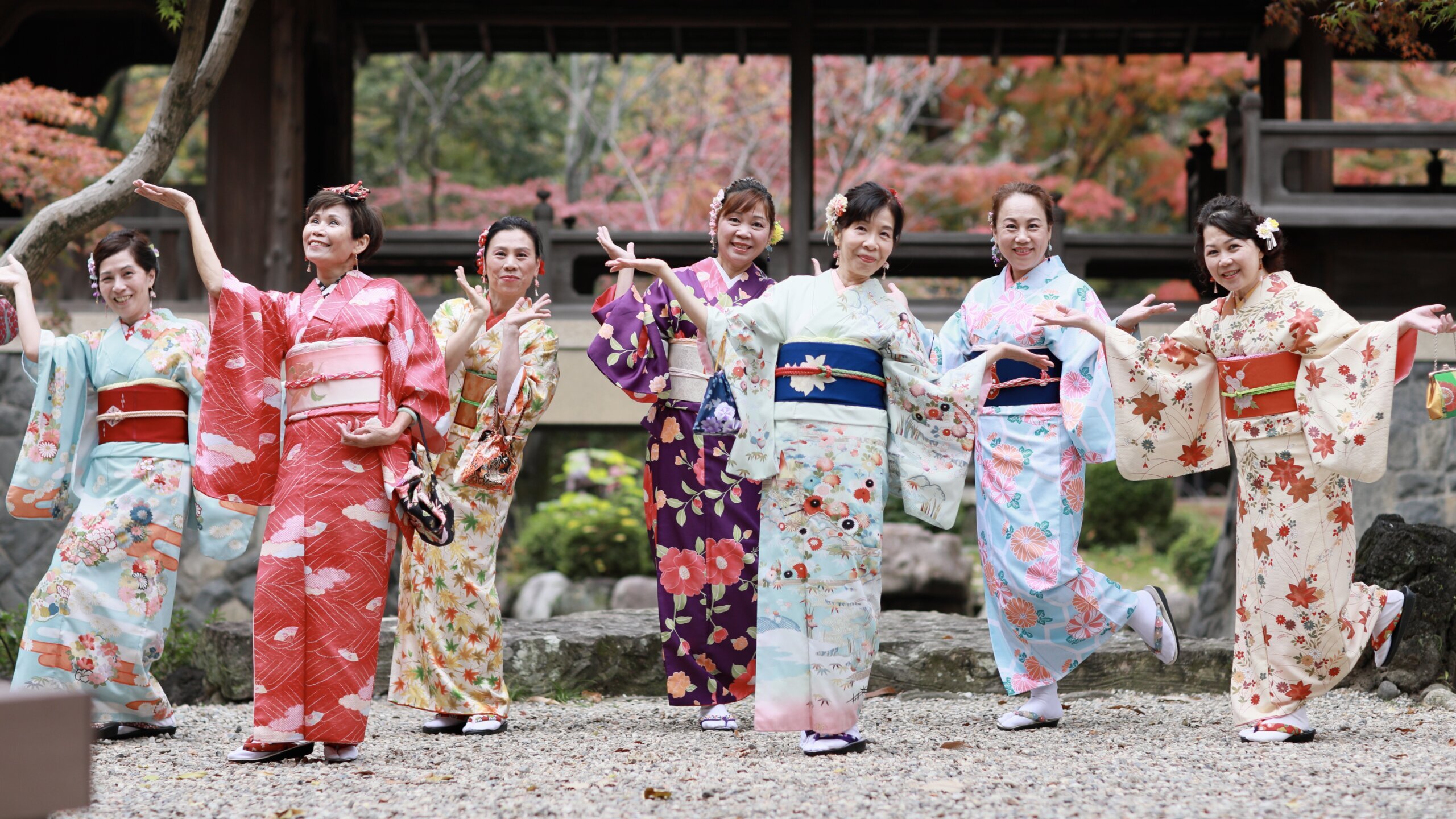
FAQ
Before the Edo period, Japanese people wore kimonos. With the Meiji Restoration and the arrival of foreign culture, the clothing changed to Western-style clothing. From the Showa and Heisei eras to the present day, there are fewer and fewer opportunities to wear kimono in daily life.
Nowadays, people only wear kimono on special occasions such as weddings, coming-of-age ceremonies, graduation ceremonies, Shichigosan, entrance ceremonies, and funerals. Nowadays, the government is encouraging the revival of the traditional kimono culture, for example, by incorporating kimono into elementary school educational programs.
In the traditional method of sewing kimono, first, silk, hemp, corn husk fiber, and banana tree fiber made from cicada silk are woven into kimono fabric through many complicated processes. Than patterns are copied, colored, washed, rinsed, and dried by skilled craftsmen to become the original kimono fabric. The wide belt of the kimono (called Obi) is covered with gold and silver threads which form flowers, birds, landscapes, and figures where the craftsmen’s skills are concentrated. Therefore, kimono is not only a kind of clothing, but also an intangible treasure of art.
It is similar to wearing a long coat. When walking, use a small gait. When sitting, lift up the kimono a little to avoid wrinkles on the hips and waist.
When going to the bathroom, the kimono should be lifted from the outside to the inside and then returned to its original shape afterwards. Special care must of course be taken during your meal. Food with a lot of liquid must be avoided because if it spills on the kimono, it is very expensive to get the oil marks and stains out. Therefore, when wearing a kimono, it is advisable to always carry a small handkerchief that can be used as a bib when eating.
There are different types of kimonos depending on the fabric and price.
Kimonos made of chemical fibers (which can be washed in a household washing machine) are relatively inexpensive, perhaps a few thousand yen per set.
The price of a silk kimono can range from tens of thousands of yen to millions of yen.
There are many types of kimono, but in modern times, kimonos are worn most often on weddings and funerals, commemorations, festivals, and firework festivals in the summer.
For formal occasions, you can wear a visiting dress (called Houmongi), or a kimono with sleeves, or a Furisode.
When attending a funeral, you must wear a black kimono, and most funeral kimonos have a family crest on them .
For general entertainment, theater and dinner, you can choose normal kimono (called Fudangi), and then you can match the belt (called Obi) to your taste and image.
If you need to rent a kimono, please feel free to ask our professional staff.
Kimono is very difficult to put on if you have not learned how to do it. That’s why most Japanese people today often request for a professional dresser to wear a kimono.
It is also a good idea to attend a kimono dressing class as a hobby and learn the basics.
Generally, when renting a kimono, an obi and underwear with a white collar are included in the set. However, depending on the service, you may be asked to prepare low-cut underwear and tabi (socks).
Contact
To ensure the quality of our service,”fuwalu” operates a full appointment system


